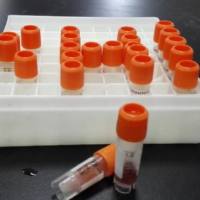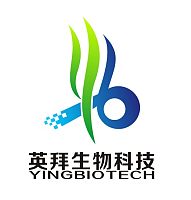Testing Nanomaterial Toxicity in Unicellular Eukaryotic Algae and Fish Cell Lines
互联网
508
Nanoecotoxicology as a sub-discipline of ecotoxicology aims to identify and predict effects elicited on ecosystems by nano-sized materials (NM). Two key groups of model organisms in this context are algae and fish. In this chapter, we present considerations for testing NM with respect to their impact on unicellular algae and cell lines derived from various organs of fish.
Based on currently available literature on NM effects in unicellular algae and fish cell lines, and our own experience, we provide guidance on test design, including principle test considerations, materials, NM presentation to cells, exposure, bioavailability, and effect assessment. Assessment needs to be based on a meaningful choice of exposure scenario(s) related to the research question. As a first step, one needs to address whether effects of NMs are to be investigated under environmentally relevant or probable conditions, which may include processes such as agglomeration, or whether NM effects from mono-dispersed particles are of interest, which may require special steps to ensure stable NM suspension. Moreover, whether effects on cells are to be studied in the short- or long-term is important with regard to experimental design. Preparation of NM suspensions, which can be done in aqueous media different from the exposure medium, is addressed with regard to energy input, sterility (as required for algae and fish cell exposure) and particle purity.
Specified for the two model systems, algae and fish cell lines, availability and choice of culture media are presented and discussed with regard to impact on NM behavior. Light, temperature, and agitation, which are variables during exposure, are discussed. We further provide guidance on the characterization of the NM in the chosen aqueous exposure media regarding size, zeta potential and electrophoretic mobility. The state of NM in exposure media is decisive for their bioavailability and therefore for potential particle effects. Therefore, we present ways of deriving a mass balance and quantitative/qualitative information on the uptake and distribution of NM in cells.
As NM have a high surface-to-volume ratio and possess specific physical-chemical properties, which make them prone to interfere with various compounds and certain types of toxicity tests, potential interferences and appropriate controls are introduced. Furthermore, different types of dose metrics, which is still a strongly debated issue in nanotoxicology, are highlighted. We also consider laboratory safety regarding NM handling and disposal.








